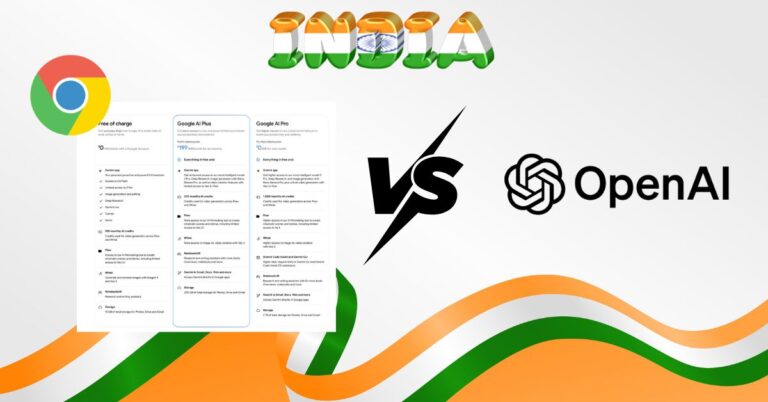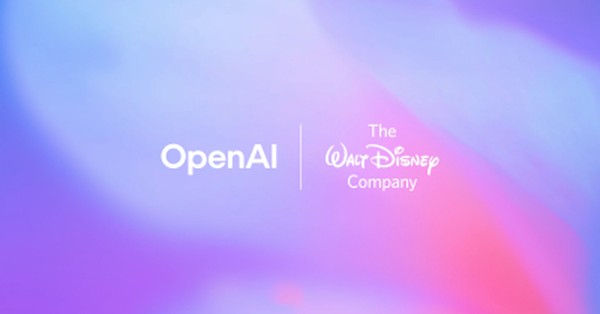AT&T tests network AI receptionist to block spam calls
AT&T is testing a carrier-grade call-screening assistant that answers unknown calls on your behalf and filters out likely robocalls before your phone ever rings.
What AT&T’s AI call receptionist does
The operator is trialing an AI “digital receptionist” with select customers that intercepts calls from numbers you don’t recognize, asks the caller to identify themselves and their purpose, and then decides whether to connect, take a message, or end the call. Because the service runs in AT&T’s network, it can also consider patterns from your calling history to recognize frequent contacts and allow them through automatically, while letting you maintain a “Do Not Screen” list for critical but infrequent numbers like schools or clinics.
How AT&T’s AI call screening works
When an unknown number dials you, the assistant fields the call, gathers context, and applies criteria—such as whether a live person is speaking and whether the request sounds time-sensitive—before passing it to you. You can monitor a real-time transcript in AT&T’s app and choose to pick up midstream, or let the assistant handle the interaction and provide a summary afterward.
Why carrier-grade, network-native screening matters
Unlike device features from Google or Apple that rely mainly on local contacts and on-device models, AT&T’s approach leverages carrier telemetry and analytics to infer trusted relationships independent of handset type. That design makes screening available across devices and operating systems and positions the service for richer, network-integrated workflows over time, such as helping place reservations or coordinate appointments.
Competitive landscape and alternatives
Google’s Call Screen on Pixel devices and Apple’s anti-spam features have raised the bar for device-level protection, and third-party services like Hiya and First Orion offer call labeling. AT&T’s move shifts the battleground into the core network, where carriers can combine STIR/SHAKEN authentication, call analytics, and AI to reduce unwanted traffic before it reaches subscribers.
Why AI call screening matters now
Spam and scam calls remain a top consumer pain point despite authentication frameworks and call labeling, and attackers are adapting quickly.
Robocall fatigue and evolving fraud tactics
Even with STIR/SHAKEN, bad actors exploit spoofing workarounds and blend human-in-the-loop tactics with robodialers. A screening layer that actively interrogates unknown callers can raise the cost for fraudsters and cut nuisance call volume, improving customer experience and trust in voice as a channel.
Personalization powered by carrier analytics
Because the assistant is informed by network-level interaction patterns, it can recognize who you typically speak with and handle exceptions gracefully. That reduces false blocks and improves completion rates for legitimate calls, which is crucial for healthcare providers, schools, and businesses that rely on voice for time-sensitive outreach.
Cross-device coverage and accessibility
Running in the network decouples the experience from any specific handset or OS, helping carriers deliver a consistent service portfolio and enabling features like app-based transcripts and summaries without requiring the latest device.
Enterprise and contact center implications
Carrier-level screening will change how outbound voice connects with customers, elevating authentication, clear identification, and call intent signaling.
Authenticate and brand calls with STIR/SHAKEN and RCD
Ensure A-level STIR/SHAKEN attestation where possible, align caller ID with your registered business name, and adopt branded calling/Rich Call Data so recipients and AI screeners see trustworthy identity signals. Work with your carrier, CNAM providers, and reputation services to monitor call labeling and remediate issues quickly.
Design scripts for AI intermediaries
Assume an assistant will answer first. Train agents and dialers to open with a concise identity and purpose statement, avoid long preambles, and be prepared to respond clearly to “who is calling and why?” prompts. For automated outbound, keep introductions short, natural, and compliant; vague or evasive scripts will be penalized by screeners.
Optimize outbound call strategies
Reduce redial frequency, respect time-of-day norms, and provide alternative channels (SMS, email, app push) when a call does not complete. Offer call-back scheduling and publish support numbers on owned channels so customers can add you to “Do Not Screen” lists.
Risks and open questions for network AI voice
Network AI for voice raises operational, regulatory, and ethical considerations that carriers and enterprises should track closely.
Privacy, CPNI, and data governance
Using call interaction patterns implicates CPNI rules and carrier privacy policies. Clear consent, transparent settings, and data minimization will be essential, especially if the assistant expands into proactive tasks like booking or scheduling.
Accuracy, safety, and edge cases
False positives could block important calls; false negatives could let scams through. “Urgency” detection must be tuned carefully for emergency scenarios and accessibility needs, including support for multiple languages and speech impairments.
Recording, consent, and jurisdiction compliance
Real-time transcripts and summaries may trigger one-party or two-party consent requirements depending on jurisdiction. Carriers will need standardized disclosures and jurisdiction-aware flows to keep users and businesses compliant.
What to watch next in carrier AI screening
Execution details will determine whether network AI screening becomes a mainstream voice feature or a niche add-on.
Rollout, pricing, and bundling
Track how quickly AT&T expands beyond the pilot, whether the feature is opt-in by default, and how it’s bundled across consumer and business plans.
APIs and enterprise integration opportunities
If AT&T exposes APIs for branded identity, intent tags, or verified business profiles, enterprises could pre-authorize or fast-track certain calls and pass context to the assistant to increase completion rates.
Industry response and ecosystem alignment
Expect competing offers from Verizon and T-Mobile and deeper integration from device ecosystems. Harmonization across carrier and handset approaches will influence adoption and enterprise strategy.
Action checklist for carriers, enterprises, and partners
Carriers and enterprises can act now to prepare for AI-mediated calling.
For telecom operators (carriers)
Combine STIR/SHAKEN with AI screening, invest in transparent controls and opt-in flows, publish developer guidelines for identity and intent metadata, and build guardrails and audit mechanisms for model decisions.
For enterprises and contact centers
Audit outbound calling practices, secure A-level attestation where eligible, implement branded calling, streamline agent and IVR introductions, and test call completion with users in AT&T’s pilot to tune scripts and outreach strategies.
For technology and CX partners
Coordinate with carriers on identity frameworks, deliver tooling to monitor call reputation in real time, and enable omnichannel fallbacks that respect customer preferences when calls are screened.








































